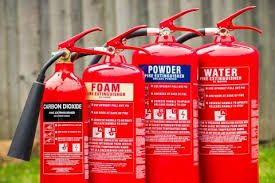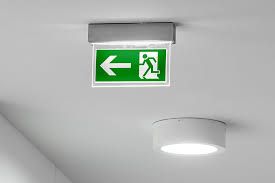
Fire Alarm Servicing & Installations
Our aim is to help companies in the area maintain a compliant but cost effective level of fire safety in order to protect their people, their customers and themselves, with our refreshing approach to our customer relationships we offer a friendly and flexible service to cater for any business requirements.

Fire Extinguisher Sales & Servicing
Northfire offer fire extinguisher sales and servicing at competitive prices throughout the North East and Cumbria...All fire extinguishers are serviced in accordance with BS5306 Part3:2009

Emergency Light Testing & Installation
The Regulatory Reform (Fire Safety) Order (RRFSO) 2005, which came into force in October 2006, charges the responsible person in control of non-domestic premises and the common areas of a House in Multiple Occupancy (HMO) with the safety of everyone in the building, whether working, visiting or living there. This duty of care includes the provision of emergency lighting. Article 14 (2) (h) of the RRFSO states:
"Emergency routes and exits requiring illumination must be provided with emergency lighting of adequate intensity in the case of failure of their normal lighting".
Emergency lighting is part of the fire safety provision of a building and cannot be ignored: as noted by the Industry Committee for Emergency Lighting (ICEL), which is the foremost UK authority on emergency lighting and provides third party accreditation for components and products for emergency light fittings under the auspices of the Lighting Industry Association (LIA):
"The legal requirement is that non-domestic buildings must be safe at all times, even if mains power failure occurs. Therefore, nearly all such buildings must have emergency lighting fitted".

